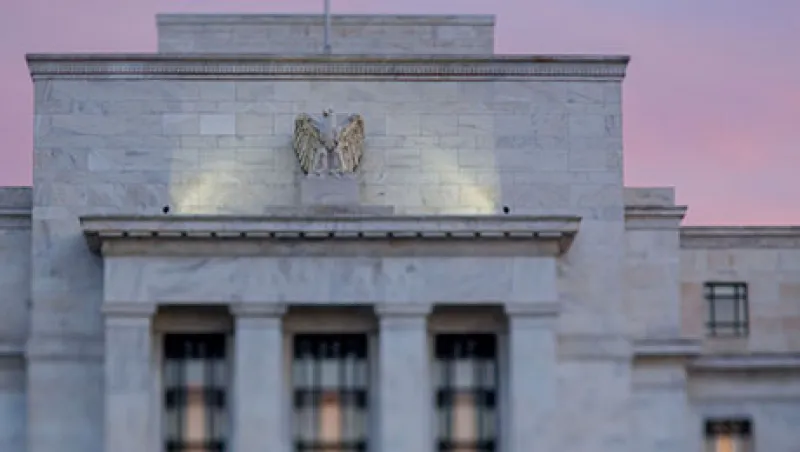The shadow of the Great Depression was fresh in the minds of the U.S. public when World War II drew to a close in 1945. Millions of soldiers were returning home to an uncertain economic transition, and terminated wartime production and unemployment concerns dominated public discourse. Congress accordingly passed the Employment Act of 1946, which sought to address unemployment and price stability by affirming that “it is the continuing policy and responsibility of the federal government to use all practical means ... to promote maximum employment, production and purchasing power.” This was the birth of the dual mandate.
Since the 2008–’09 financial crisis, the burden of economic growth and employment has fallen almost entirely on the shoulders of the Federal Reserve, and a mounting chorus of criticism regarding this dual mandate has emerged. Most agree that the Fed can address price stability, but many contest whether the Fed can effectively administer monetary policy that achieves the goal of maximum employment. Congressional gridlock has resulted in a lack of pro-growth fiscal and regulatory policy, leaving the Fed to encourage full employment by inflating asset prices. As the Fed’s quantitative easing comes to a close, it is certainly worth reviewing how the dual mandate has complicated long-term price stability. If, when and how does fiscal policy return as the primary means to stimulate economic growth?
To shed light on these questions, we examined historical data of headline inflation and unemployment rates in the periods both before and after the dual mandate was formally accorded to the Federal Reserve Act in 1977. The cumulative headline inflation picture for both periods reveals the Fed’s ability to successfully manage inflation. This is broadly accepted. There have been periods with inflation spikes, such as the early 1980s, but on average inflation rates have remained between 2 and 4 percent, and volatility has dropped meaningfully over time.
An examination of unemployment data, however, reveals a vastly different story.
After the Employment Act of 1946 and in the lead-up to Congress’s amendments to the Federal Reserve Act in 1977, the unemployment rate dropped by more than 35 percent. Yet, more significant perhaps, the volatility of the unemployment rate dropped by nearly 80 percent. Thus, during a period of time where the entire federal government was collectively working toward maximum employment, the jobless rate was lower and more stable.
At the Monetary Policy and the Economy conference at the George W. Bush Presidential Center in May, Richard Fisher, president and CEO of the Federal Reserve Bank of Dallas, pointed out that the central bank’s dual mandate could be more accurately dubbed a “duel mandate,” as fiscal and regulatory policies have offset or countered the efforts of monetary operations. This has created an environment in which Congress and regulators wind up working against the Fed’s accommodative policies. The net effect has been stunted economic growth.
At the same conference, while speaking retrospectively on the crisis, former Fed chair Ben Bernanke said, “There were policies from other parts of the government that were working in the opposite direction. In particular, fiscal policy has been a very significant drain.”
Unfortunately, Congress’s inability at times to act or lead has politicized the Fed, causing it to behave unconventionally and compelling it to operate essentially as a fourth arm of government. Whereas Fed policy has a significant impact on the business cycle, the labor market and inflation control to provide a fertile environment for economic growth, it should not be relied upon as the driving force behind that growth.
The central bank has indeed been creative and aggressive in fighting off deflationary fears and is now appropriately stepping back from the more unconventional tools it has been using to stimulate economic growth post–financial crisis. We still, however, have significant slack in the labor market, as much of the decline in employment has been the result of declining participation rates, rather than actual job growth.
So, as the Fed’s dual — or duel, as the case may be — goals continue to diverge, the growth of the economy is in real jeopardy. Ultimately, monetary policy can be a complement to sound fiscal policy. But it is not a silver bullet when it comes to addressing the nation’s economic growth and employment concerns. Congress used the dual mandate as a crutch to deflect responsibility, but as empirical evidence shows, the entire federal government should be working in tandem to effect meaningful and lasting economic change.
James Dondero is the co-founder and president, and Mark Okada is the co-founder and chief investment officer, both at Dallas-based hedge fund firm Highland Capital Management .
Get more on macro .






